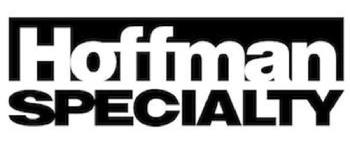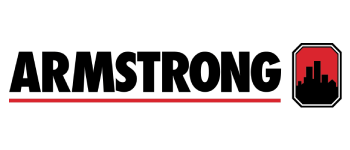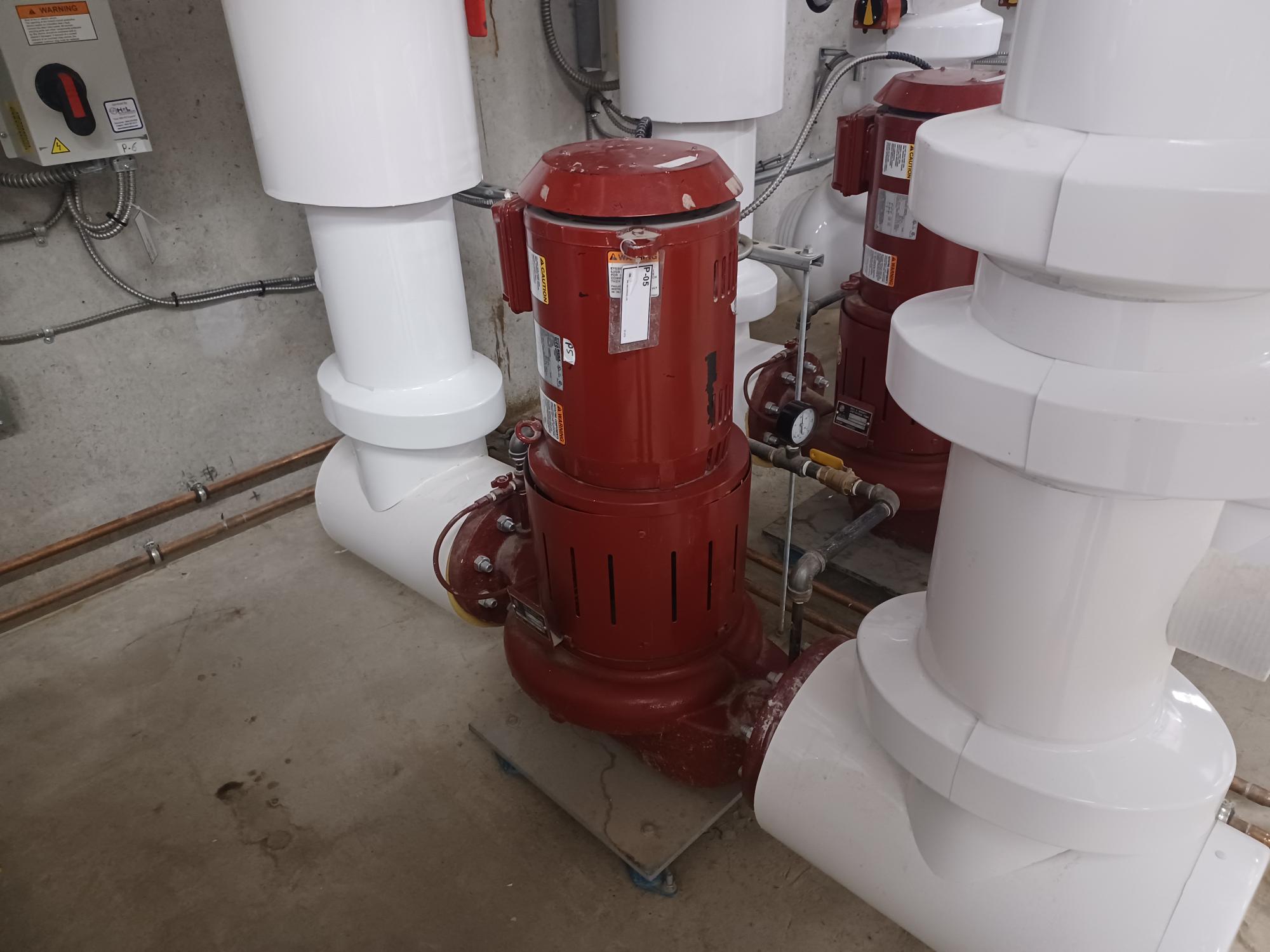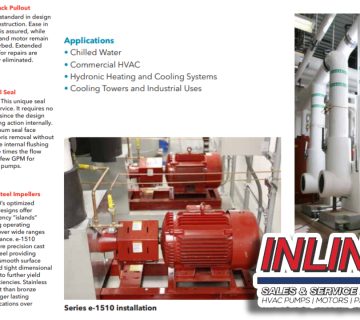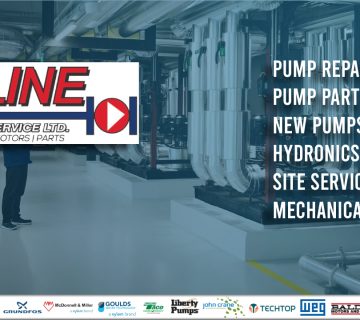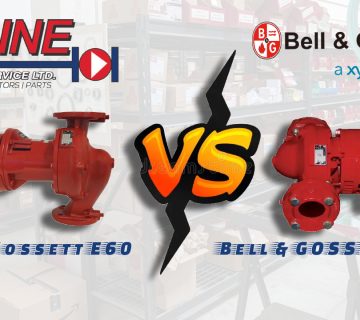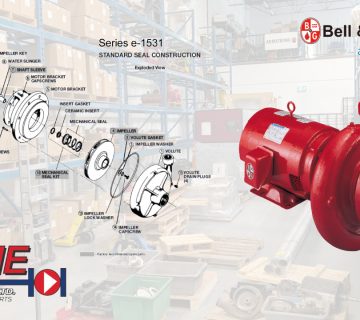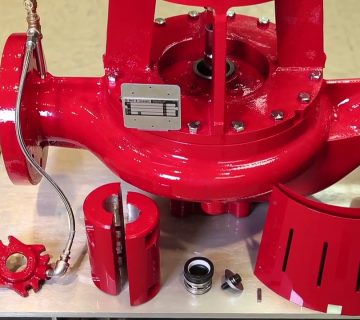Repair Pump Or Replace Pump: What Should I Do?
At Inline Sales & Service we get this question pretty much daily; should I repair my pump or replace it. Really there is not a single answer that fits all but we can go through a few reasons to make a case for both options. The first thing to consider is the lead time we are getting with supply chain issues around the world. We get an eta of weeks to months from Bell & Gossett & Armstrong for regular stock orders. A well-engineered and properly installed centrifugal pump is one of the most reliable and trouble-free components of any hydronic system. However, as with any mechanical device, the day will come when it does not operate properly and several questions must be addressed:
- Can the problem be identified?
- Can the problem be fixed?
- The most important questions is how much will it cost?
Identification of the problem is often the most difficult of these three questions. Success in identifying the problem or problems – since there may be more than a single problem involved – depends upon knowledge, experience, intuition, luck and the nature of the problem itself. The answers to questions (2) and (3) above usually intertwine because almost anything can be fixed . . . but at what cost? In practice, the question of cost quickly moves to the forefront of the decision-making process and typically filters down to whether it is more cost-effective to replace or repair.
A Case For Replacing Your Pump
One rule-of-thumb often quoted is “If it costs more than half the cost of a total replacement to repair, it should be replaced.” While this is generally good advice, the actual decision still depends heavily on properly identifying the problem (and perhaps many other circumstances, such as pending system changes, etc.).
If the problem of a pump not starting lies in the controller and is a connection problem. Replacing the pump will not solve the problem. In this case, replacement would be a costly mistake, while the repair would be relatively inexpensive.
Sometimes, identifying the problem seems obvious. However, in virtually every situation the best approach follows a very deliberate protocol or process in problem identification because more than one problem may exist. The obvious problem may result from a less obvious problem.
Overheating or failure may be the result of excessively low voltage, or lack of continuity in wiring or motor windings may result from excessively high voltage. In either case, replacing the pump does not solve the problem because the incorrect voltage levels will quickly damage the new pump.
It is usually best to be systematic and carefully record findings in writing. It is always imperative to put safety first in all investigations associated with troubleshooting because there can be surprises – especially while the unknown problem remains unresolved.
Pumps encounter three basic types of problems: electrical, mechanical and hydraulic. When troubleshooting, each of these three problem areas should be investigated and performance to specifications confirmed.
Electrical
Electrical problems may be associated with power supply or are internal to the pump. Since external power supply components are usually easier to access, they provide a good place to start the investigation process.
Prescribed supply voltage levels should be verified. If incoming voltage levels are found to be inconsistent with prescribed levels, this problem should be addressed before proceeding further. When voltage levels are within acceptable ranges, then it is appropriate to shut off power to the controller and investigate further.
With breakers open and the flow of current halted, all electrical components associated with the electrical supply should be examined visually for any telltale evidence of overheating, such as burn-marks or discoloration. Referring to system schematics, continuity and resistant values should be checked and confirmed with available documentation. Evidence of corrosion, poor connections and line-breaks should be explored.
If all of this is in order, the electrical investigation should move to the pump terminals, where the continuity of the windings should be checked. If a short is identified in the windings, it is almost certain that the pump will have to be removed and the issue of costs for replacement or repair will have to be carefully evaluated. If on further examination all castings are in good condition, the repair of the pump may be practical and cost-effective.
Nonetheless, the root cause of the wiring failure must be identified to avoid a repeat of the event. Root causes of winding shorts can range from lightening (which usually shows itself in the controller first) to seal failure, or from water intrusion at the terminal entrance to excessive motor age.
Mechanical
Mechanical problems can result from years of wear (seal or bearing failure) during use, or lubrication problems, or simply physical obstructions (such as debris lodged or entangled in the impeller). Again, identifying the root causes is important to avoid repeating the same problems. Maybe you can get away with replacing just the mechanical seal and motor bearings.
With most purely mechanical problems, the issue of repair or replacement can be quickly settled by the cost rule of repair if it is less than half the cost of replacement.
Impeller & Other Issues
Typically, hydraulic problems are the direct result of either electrical or mechanical problems. However, hydraulic problems can also result from a worn, broken, or incorrectly specified impeller. In this case, replacement is straightforward and reasonably economical. If wear problems are a recurring issue, special hardened impellers are available that can greatly extend replacement cycles.
Hydraulic problems are occasionally caused by air or gas in the system. In such cases, the air or gas must be removed and the root cause must be eliminated. This rule goes without saying: if hydraulic problems exist, it is important to ensure that all system valves are in the proper position and the pump is properly seated on the discharges.
Quality Rarely Needs Repair
This brief overview of pump problem assessment hopefully underscores the need to be methodical in identifying pump problems. This encourages the purchase of high quality, well-engineered pumping equipment in the first place.
The fact is that every pump specialist will declare this bottom line: Quality pumping equipment is always the most cost-effective choice in the long run. If you are looking for pump install or pump repairs you can count on Inline Sales & Service. Call us today and book your next appointment 604.590.4414

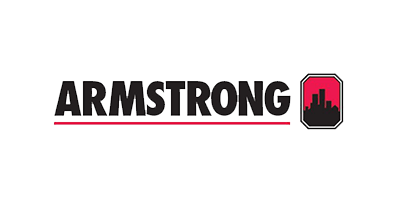 Armstrong Pumps
Armstrong Pumps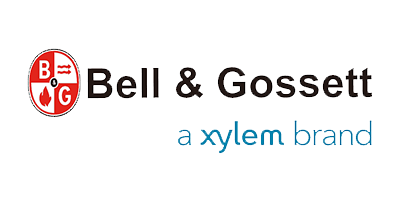 Bell & Gossett
Bell & Gossett Taco Pumps
Taco Pumps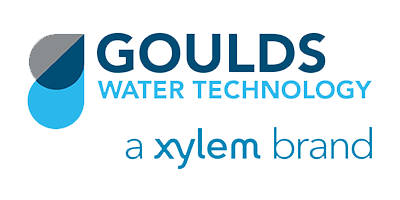 Goulds Water Technology
Goulds Water Technology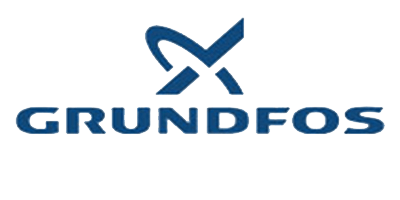 Grundfos Pumps
Grundfos Pumps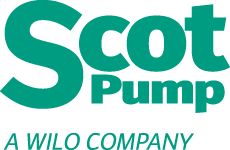 Wilo & Scot Pumps
Wilo & Scot Pumps Boilermag XT magnetic filter
Boilermag XT magnetic filter Hoffman Specialty
Hoffman Specialty John Crane
John Crane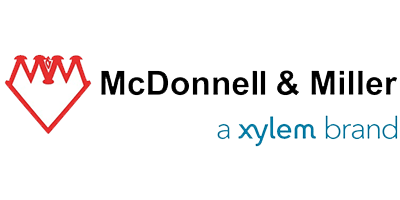 McDonnell & Miller
McDonnell & Miller Heat Exchangers
Heat Exchangers B&G Power Packs
B&G Power Packs Weg Motors
Weg Motors TechTop Motors
TechTop Motors US Motors & Nidec
US Motors & Nidec Baldor Motors
Baldor Motors SKF Motor Bearings
SKF Motor Bearings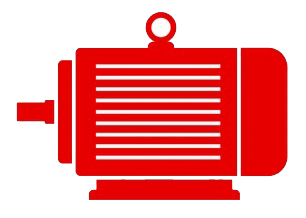 Motor Repairs
Motor Repairs



